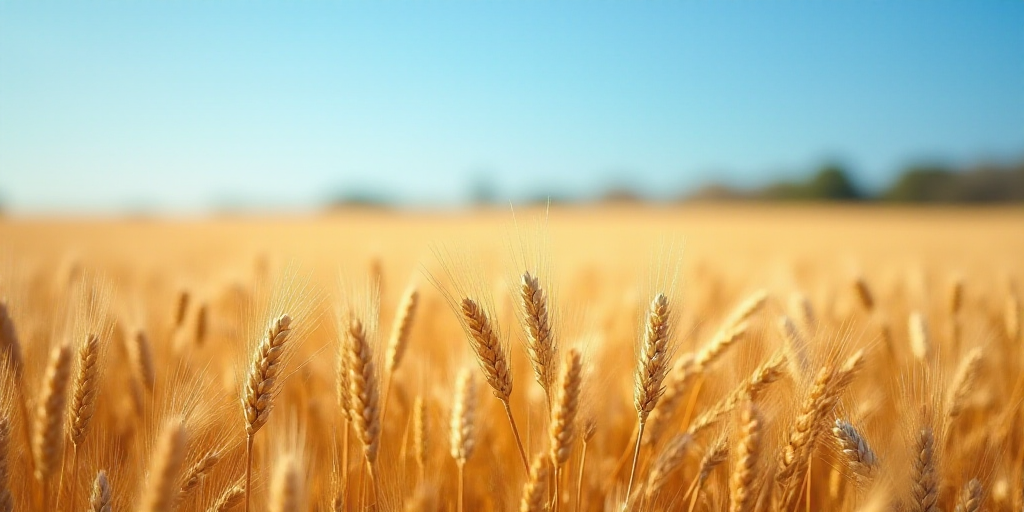Background on Key Figures and Relevance
The recent surge in corn, soybean, and wheat futures has been influenced by two primary factors: a weakening US dollar and uncertainty surrounding the size of the upcoming US crop. This development is crucial for farmers, investors, and consumers as it directly impacts food prices and global trade.
Donald Trump, the President of the United States, and Xi Jinping, the President of China, are key figures in this scenario. China is the world’s largest importer of soybeans, making their trade relations vital for soybean prices. Meanwhile, the US Department of Agriculture (USDA) plays a significant role in providing crop production estimates, influencing market expectations.
Key Market Movements
- Corn: Futures for December delivery on the Chicago Board of Trade hit their highest level in over two months, rising 6 cents to $4.2925 per bushel.
- Soybean: November soybeans gained 7.75 cents to $10.5050 per bushel, supported by optimism around US-China trade talks.
- Wheat: December wheat advanced 8.5 cents to $5.3350 per bushel, following signals of export demand.
Reasons Behind the Market Trends
The weakening US dollar has been a significant driver of the recent rise in commodity prices. A weaker dollar makes US agricultural exports more competitive on the global market, attracting foreign buyers and boosting demand.
Investors anticipate that the Federal Reserve will initiate a series of interest rate cuts starting Wednesday, contributing to the dollar’s decline. This expectation has further fueled the upward trend in agricultural futures.
Uncertainty Over US Crop Size
The USDA recently forecasted a record corn harvest, but early harvest reports indicate that dry weather conditions and diseases have negatively affected some crops. Don Roose, President of U.S. Commodities, highlighted these concerns, adding another layer of uncertainty to the market.
Key Questions and Answers
- Q: Why are corn, soybean, and wheat futures rising? A: The primary reasons are a weakening US dollar, which makes US agricultural exports more competitive, and uncertainty surrounding the size of the upcoming US crop.
- Q: Who are Donald Trump and Xi Jinping, and why are they relevant? A: Donald Trump is the President of the United States, and Xi Jinping is the President of China. China is the world’s largest importer of soybeans, making their trade relations crucial for soybean prices.
- Q: What is the role of the USDA in this scenario? A: The USDA provides crop production estimates, which influence market expectations and help farmers plan their businesses.
- Q: Why is the weakening US dollar important for agricultural commodities? A: A weaker dollar makes US agricultural exports more competitive on the global market, attracting foreign buyers and boosting demand.
- Q: What are the concerns regarding the US crop size? A: Despite the USDA’s record corn harvest forecast, early harvest reports suggest that dry weather conditions and diseases have negatively impacted some crops, creating uncertainty in the market.






